Released in September of last year, the Samsung Galaxy Z Fold2 5G is the update of the first Galaxy Z Fold, which was released in late 2019. The brand made some changes to improve on the first edition (although the price point hasn’t changed — it’s still for those with deep and large pockets). The Z Fold2 has a bigger cover display (6.2 vs. 4.6 inches on the first edition), and the unfolded display inside is a 7.6-inch square dynamic AMOLED screen with a refresh rate of up to 120 Hz (vs. 60 Hz on the first Fold).
Driven by the Qualcomm SM8250 Snapdragon 865+ chipset, and weighing 282 grams, it’s basically a pocketable tablet. The emphasis with the Z Fold line is primarily on that big, colorful display. Our audio engineers were curious to give a listen to what the Samsung Galaxy Z Fold2 could do with its stereo speakers that come with Dolby Atmos surround sound technology.
- Two speakers, bottom right, top left
- Dolby Atmos surround sound technology (Dolby Digital, Dolby Digital Plus included)
- High AOP mic
- UHQ 32-bit & DSD 64/128 support; PCM up to 32 bits
About DXOMARK Audio tests: For scoring and analysis in our smartphone audio reviews, DXOMARK engineers perform a variety of objective tests and undertake more than 20 hours of perceptual evaluation under controlled lab conditions. This article highlights the most important results of our testing. Note that we evaluate both Playback and Recording using only the device’s built-in hardware and default apps. (For more details about our Playback protocol, click here; for more details about our Recording protocol, click here.)
Test summary
Scoring
Sub-scores and attributes included in the calculations of the global score.
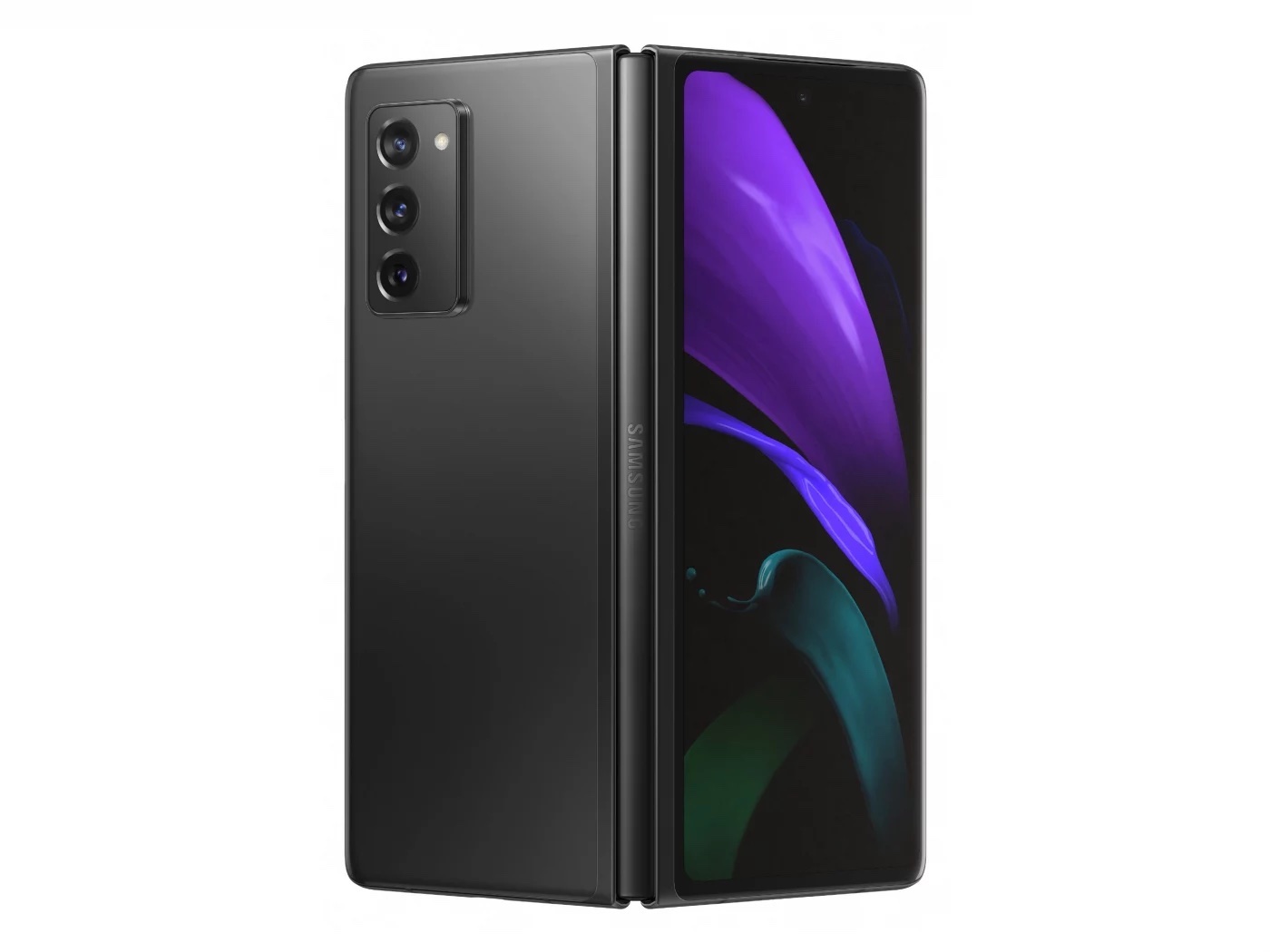
Samsung Galaxy Z Fold2 5G


The Samsung Galaxy Z Fold2 5G earned a global score of 66, which puts it line such devices as the Samsung Galaxy S20+ and the Motorola Edge+, which are quite a ways down the scoring table from devices like the Black Shark 4 Pro with an 81 at the very top and the next in line, the Xiaomi Mi 10S with an 80.
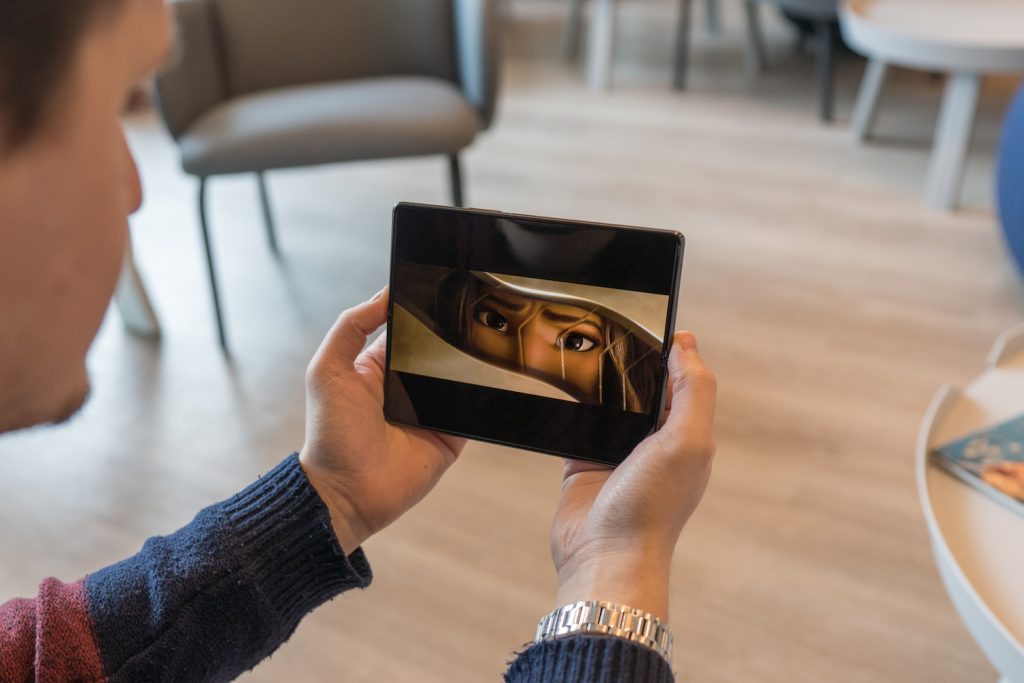
In playback testing, the Samsung Z Fold2 displayed good dynamics performance at high volume, accurately expressing the energy of the content being played; but at soft and nominal volumes, the dynamics performance was limited. The device also turned in a very strong artifacts performance — there were hardly any perceptible in our testing. The volume performance was also strong. It received a decent score in the spatial attribute as well, although the stereo effect of the speakers doesn’t rotate when the device is held in inverted landscape. Timbre was lacking in upper content, and as a result, the tonal balance was muffled in all tested volumes.
As a recording device, the Samsung Galaxy Z Fold2 performed somewhat better, earning praise for a good overall timbre performance, and a good spatial performance with notable directivity in selfie video and decent distance rendering. Drilling down into the specifics of the timbre showing, the device was impaired by a lack of clarity and a nasal rendering of voices, especially when recording in loud environments. Also in loud environments, plosives lack sharpness, and the background is not properly attenuated, impairing dynamics performance.
Sub-scores explained
The DXOMARK Audio overall score of 66 for the Samsung Galaxy Z Fold2 5G is derived from its Playback and Recording scores and their respective sub-scores. In this section, we’ll take a closer look at these audio quality sub-scores and explain what they mean for the user.
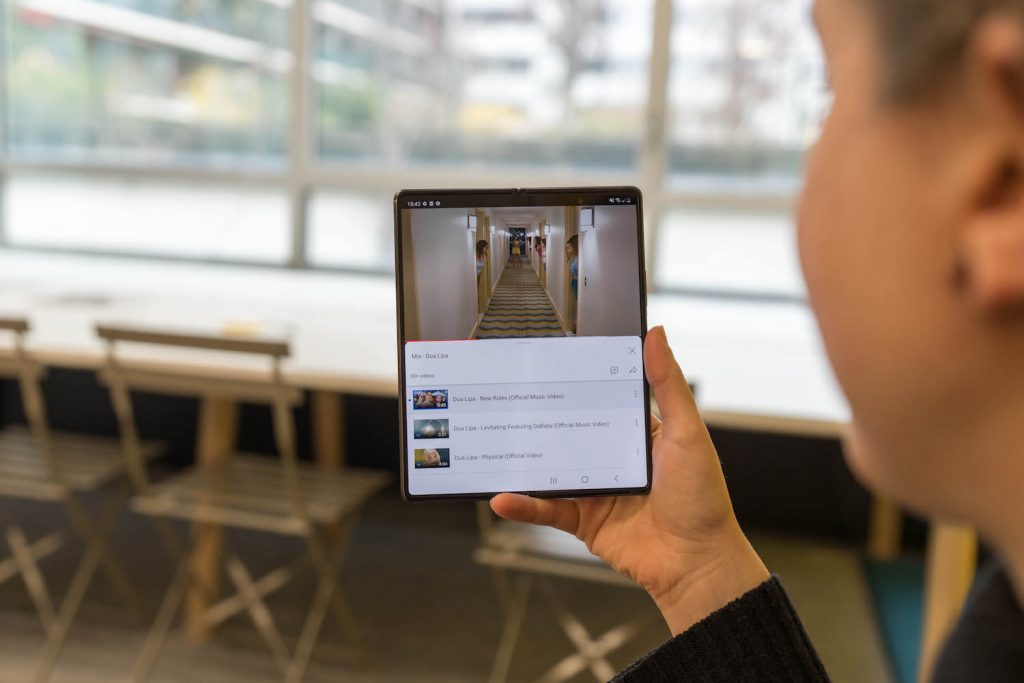
Playback

Timbre
Samsung Galaxy Z Fold2 5G
61
89
Timbre tests measure how well a phone reproduces sound across the audible tonal range and takes into account bass, midrange, treble, tonal balance, and volume dependency.
The timbre performance of the Samsung Galaxy Z Fold2 was decent, with a score that puts it in the middle of the pack among smartphones. The timbre clearly lacks upper content; as a result, the tonal balance is very muffled at soft, nominal, and maximum volumes. Midrange is correct, but it sounds unclear because of a lack of upper mids. The tonal balance also misses low-end extension, and the minimal bass feeling is provided only by low-mids.

Dynamics
Samsung Galaxy Z Fold2 5G
56
81
DXOMARK’s dynamics tests measure how well a device reproduces the energy level of a sound source, and how precisely it reproduces bass frequencies.
The overall dynamics score for the Z Fold2 was in the average grouping, but it actually performed fairly well in high-volume testing, in contrast with soft or nominal volumes, where the attack feels rounded and dull. At maximum volume, the attack was much sharper. Bass precision is affected by imprecise impacts and inaccurate attack, except in high volume tests where the device performs better. Punch is weak and flat at soft volumes, but considerably better at loud volumes.
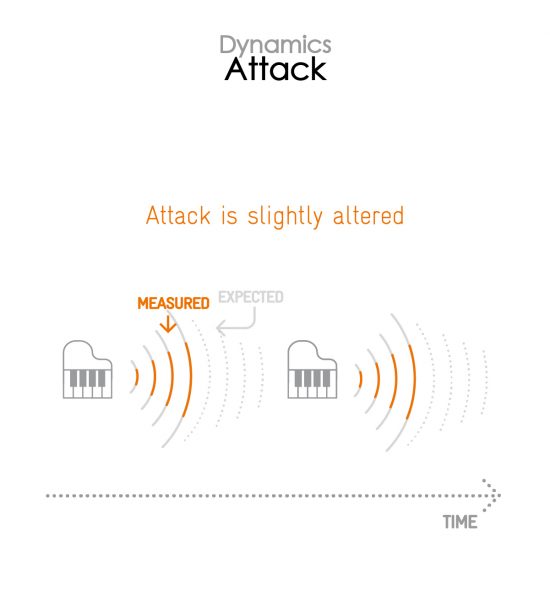
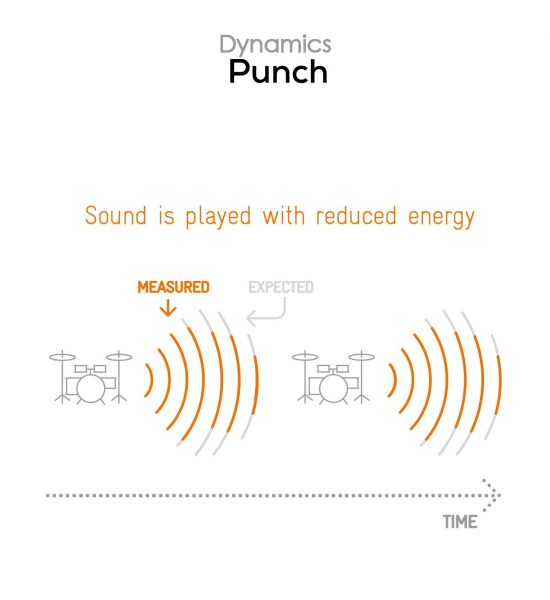

Spatial
Samsung Galaxy Z Fold2 5G
59
88
The sub-attributes for perceptual spatial tests include localizability, balance, distance, and wideness.
The Samsung Galaxy Z Fold2 did fairly well in the spatial attribute overall, although the lack of treble and high-end extension impairs localizability and distance performances. Inconsistent midrange can also be misleading when it comes to the distance performance — voices seemed either too close or too far away. Wideness was also good, although the stereo effect doesn’t follow when the device is held in inverted landscape orientation.


Volume
Samsung Galaxy Z Fold2 5G
73
91
Volume tests measure both the overall loudness a device is able to reproduce and how smoothly volume increases and decreases based on user input.
In volume testing, the Galaxy Z Fold2 produced good results, with an above-average score and a good maximum volume. Minimum volume is correct, although some content like classical music might be difficult to hear.
| Hip-Hop | Classical | |
| Samsung Galaxy Note20 Ultra 5G (Exynos) | 72.6 dBA | 69.9 dBA |
| Motorola Razr | 66.9 dBA | 64.1 dBA |
| Samsung Galaxy Z Fold2 5G | 74.4 dBA | 70.9 dBA |

Artifacts
Samsung Galaxy Z Fold2 5G
89
113
Artifacts tests measure how much source audio is distorted when played back through a device’s speakers. Distortion can occur both because of sound processing in the device and because of the quality of the speakers.
The artifacts attribute was another strong suit for the Samsung Galaxy Z Fold2. There was some slight low-end distortion noted on synthetic signals at maximum volume (not something a casual user would probably try). Noise is slightly elevated on reference tracks.
Recording

Timbre
Samsung Galaxy Z Fold2 5G
79
91
As a recording device, the Samsung Galaxy Z Fold2 5G had a good overall timbre performance. The midrange presence is correct, but lacks high-mids. When recording in loud environments (like on a busy city street), the tonal balance lacks high-end extension and overall clarity, making voices sound nasal.

When recording in quiet environments (like at home), the timbre is muffled. In environments with high sound pressure levels, such as at an electronic music concert, the tonal balance was satisfactory, despite aggressive high mids and a slight boomy sound. The midrange on voices is good.

Dynamics
Samsung Galaxy Z Fold2 5G
67
81
The Z Fold2 had a fairly good dynamics showing. When recording in loud environments and in life videos, the voice envelope is preserved, but plosives lack sharpness. Moreover, background is not properly attenuated, which impairs the signal-to-noise ratio (SNR).

Selfie video, on the other hand, responded differently in the same kind of loud environment, providing good background attenuation, allowing for good a SNR; but that said, the plosives are not precise. When recording in the home use-case scenario, the SNR was good.
At high SPL, transients are well preserved and sharp plosives lend themselves to a good performance for this attribute.

Spatial
Samsung Galaxy Z Fold2 5G
62
78
The Galaxy Z Fold2 did fairly well in the spatial attribute. Directivity was noticeable in both selfie and life videos, fulfilling one of the brand’s marketing promises about the advance mic setup. In our selfie video use case, however, the audio scene was a bit narrow, impacting the wideness performance. On the other hand, wideness was good in the life video use case.
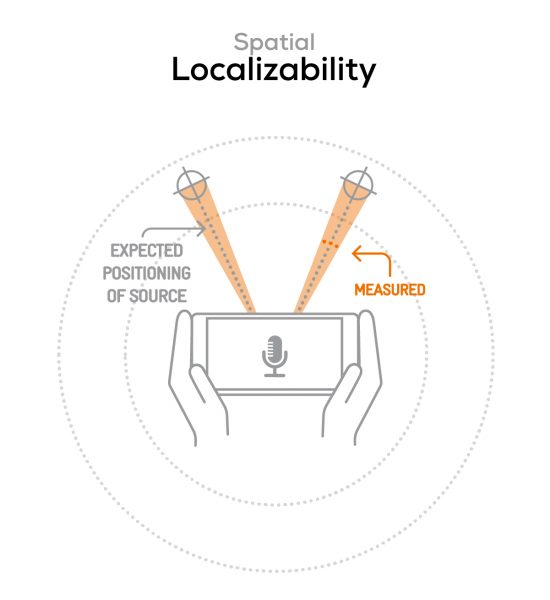
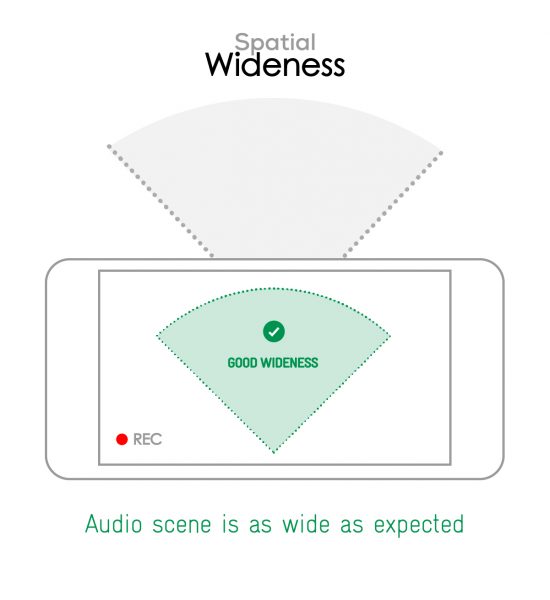
Distance perception was realistic in life videos, while voices were perceived as too close in selfie videos. A lack of high-end extension in selfie videos had an impact on perceived spatialization, thus affecting localizability performance. In life videos, however, the localizability of voices was good.

Volume
Samsung Galaxy Z Fold2 5G
56
99
The Samsung device produced an average volume performance. The loudness was correct when recording in loud environments (as in the urban use case) in both selfie and life videos. The memo app produced good loudness.
Here are our test results, measured in LUFS (Loudness Unit Full Scale). As a reference, we expect loudness levels to be above -24 LUFS for recorded content:
| Meeting | Life Video | Selfie Video | Memo | |
| Samsung Galaxy Note20 Ultra 5G (Exynos) | -25.9 LUFS | -23.4 LUFS | -22.2 LUFS | -22.3 LUFS |
| Motorola Razr | -30.2 LUFS | -21.3 LUFS | -19.8 LUFS | -22.3 LUFS |
| Samsung Galaxy Z Fold2 5G | -24.8 LUFS | -22.8 LUFS | -21.5 LUFS | -20.1 LUFS |

Artifacts
Samsung Galaxy Z Fold2 5G
72
97
As for recording artifacts, the Galaxy Z Fold2 had a strong showing. Our engineers perceived distortion, pumping, and clipping on shouting voices, although these weren’t severe. Indoor recording produced slight pumping on the background. At high SPL, the pumping effect occurs because of compression triggered by low-frequency instruments; bass distortions were also perceived in this use case.
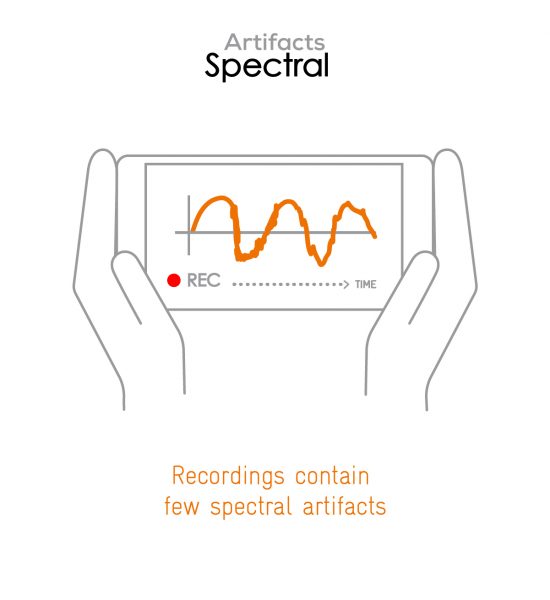
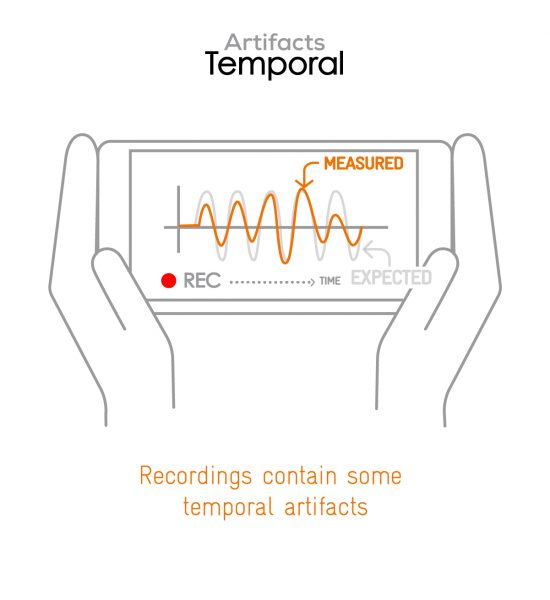
You can check for artifacts yourself in this sample recording:

Background
Samsung Galaxy Z Fold2 5G
51
60
The Samsung device produced an average performance for recording background. The background feels present but lacks bass and high-end extension, especially when recording in loud environments. Slight directivity was noticeable in the background when recording in quiet environments.
Conclusion
The Samsung Galaxy Z Fold2 5G’s big display is the primary attraction here. That said, the Z Fold2’s audio performance is not bad — it groups this flagship with other average audio performers in most respects. In playback, it stands out for good dynamics performance at high volume, a solid artifacts performance, and strong volume performance. The timbre performance has some issues, as a lack of upper content muffles the tonal balance at all tested volumes.
As a recording device, the Z Fold2 did better, with a good overall timbre performance, good artifacts performance, and a good showing in the spatial attribute. But in loud environments, the device had some issues in recording, including a lack of clarity and nasality in voices. The plosives lack sharpness, and the background isn’t properly attenuated, impacting the dynamics performance.
Playback
Pros
- Good dynamics performance at high volume
- Very few artifacts
- Good volume performance
Cons
- Timbre lacks upper content; tonal balance muffled at all tested volumes.
- Dynamics performance is limited at soft and nominal volumes.
- Stereo doesn’t follow in inverted landscape.
Recording
Pros
- Solid timbre performance
- Good showing in spatial attribute, with noticeable directivity in selfie video and decent distance rendering
- Good performance in artifacts
Cons
- In loud environments, timbre impaired by lack of clarity, nasal voices
- Also in loud environments, plosives lack sharpness
- Background not properly attenuated, impacting dynamics performance


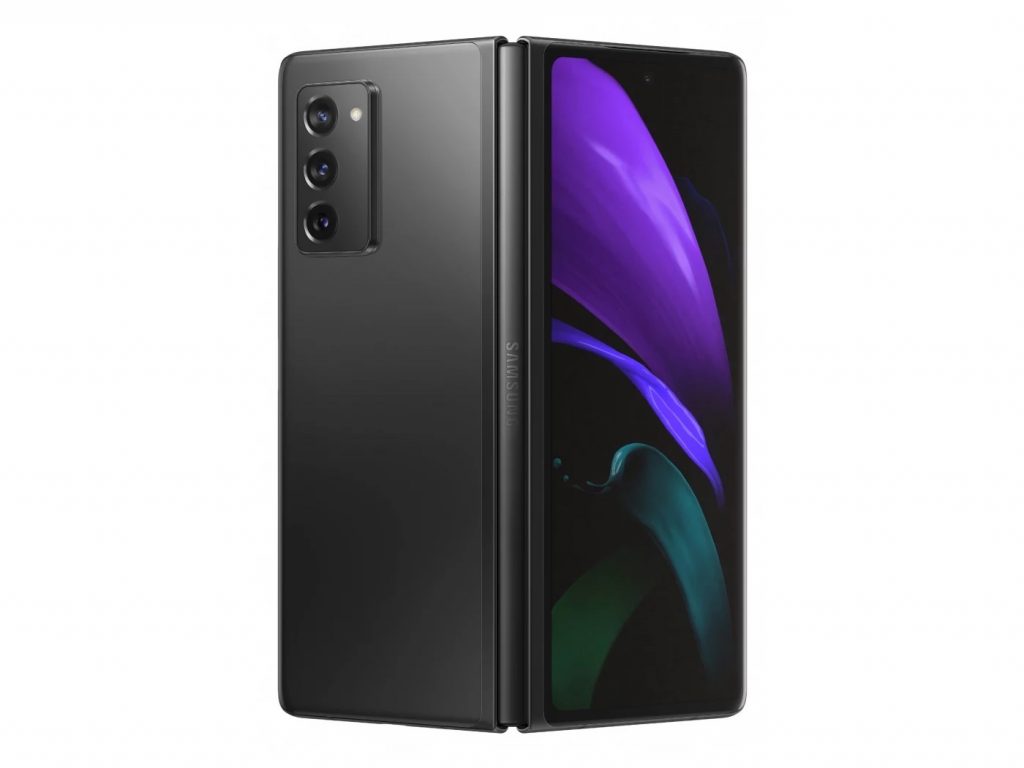


DXOMARK encourages its readers to share comments on the articles. To read or post comments, Disqus cookies are required. Change your Cookies Preferences and read more about our Comment Policy.